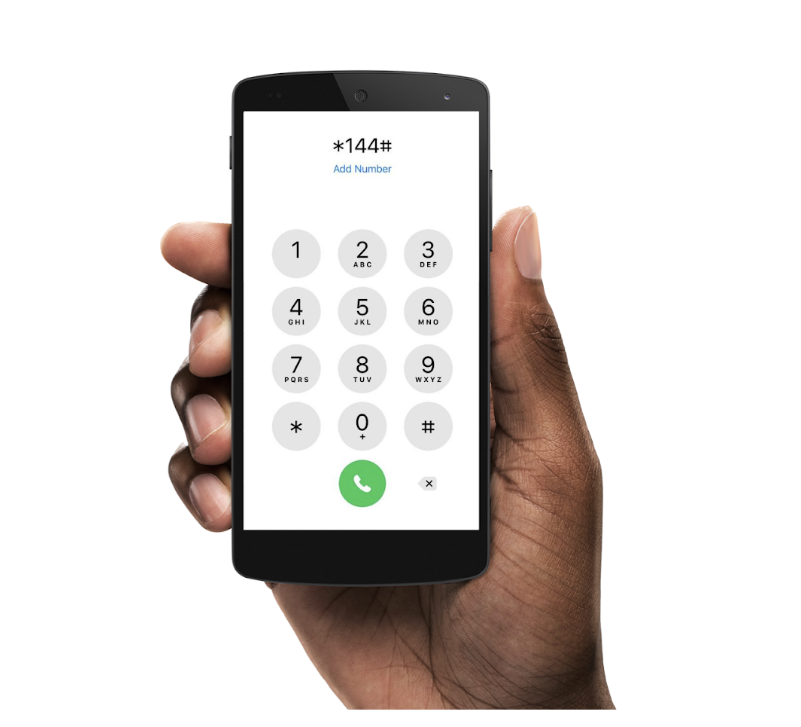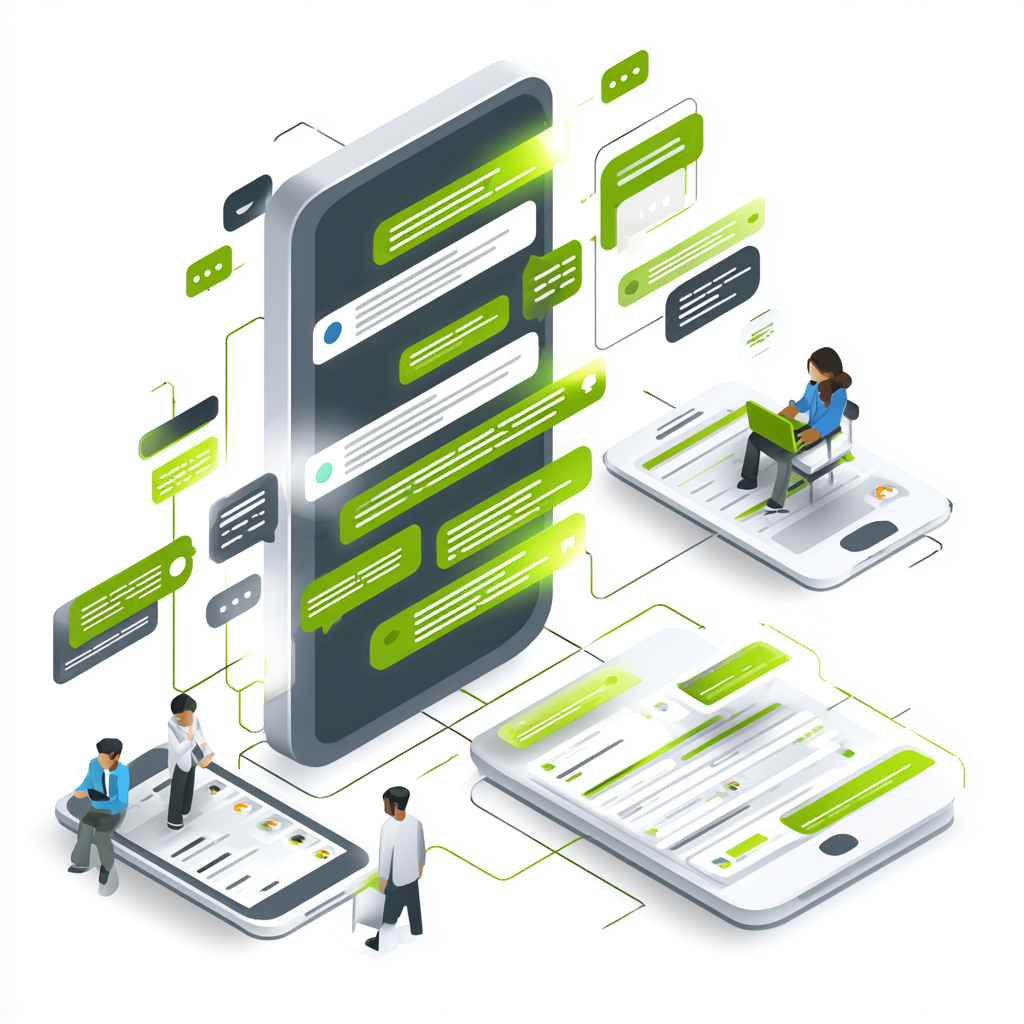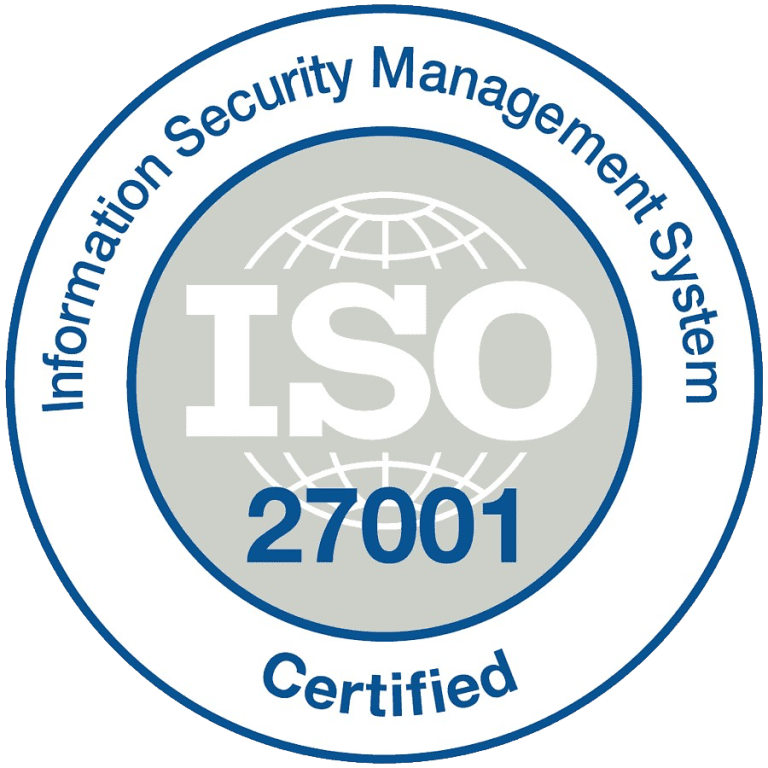USSD in software development enables the creation of interactive, real-time applications that work seamlessly on basic mobile phones without requiring internet access.
USSD lets apps talk directly with mobile phones in real-time. However, with the advancement of technology from 5G networks to the Internet of Things (IoT) and artificial intelligence becoming increasingly prevalent, examining the future of USSD in software development and its potential to remain relevant in the changing industry is of the essence.
In this article, we explore the significance of USSD, its applications and trends in software development today, its future in software development, and the impact of future changes on software development.
USSD in software development today
USSD connects mobile phones and network systems, enabling real-time data exchange even in areas with few smartphones or poor internet.
Developers create USSD apps on telecom networks using shortcodes like *123#, allowing users to access services on basic phones. People commonly use USSD for banking, checking balances, topping up airtime, and accessing essential information.
Key advantages:
Accessibility: USSD works on any mobile phone, from basic devices to smartphones, reaching the broadest audience.
No internet required: USSD runs on GSM networks, making it invaluable in areas with limited or expensive internet.
Cost-effective: USSD is cheaper than other technologies, benefiting both developers and users, especially in developing markets.
Current trends in USSD development
They include:
API integration: Developers link USSD to external APIs to create data-rich, interactive applications.
Enhanced security: Developers implement encryption, multi-factor authentication, and secure session management.
Improved UI: Developers design clearer menus, better formatting, and logical navigation paths to simplify use.
Multi-channel integration: Users can start transactions on USSD and finish them via SMS, voice, or smartphone apps.
AI and machine learning: Basic AI personalizes interactions, automates responses, and optimizes service delivery.
Analytics and data mining: Developers track user behavior to refine USSD services.
IoT Integration: USSD provides simple control and updates for connected devices.
Cloud-based platforms: Cloud solutions allow developers to deploy USSD apps quickly without managing complex infrastructure.
The future of USSD
USSD will continue to combine reliability and innovation. Its accessibility ensures relevance, particularly in developing markets. Future developments include:
Hybrid applications: USSD will integrate seamlessly with smartphone apps for flexible use.
AI enhancement: AI and Natural Language Processing will make USSD more responsive and personalized.
IoT integration: USSD may act as an interface for IoT devices in low-connectivity areas.
Blockchain access: USSD could enable access to cryptocurrency and decentralized finance.
Advanced security: Expect stronger encryption and multi-factor authentication.
Fallback technology: USSD may serve as a backup when internet services fail.
Voice integration: Voice-controlled USSD could help users with visual impairments or low literacy.
Education: USSD may deliver primary education and vocational training in remote areas.
Market expansion: USSD will grow as a bridge technology in developing countries.
Financial inclusion: USSD could enable more advanced mobile financial services worldwide.
Challenges and opportunities
USSD faces several challenges that also present opportunities:
Security threats: As users conduct sensitive transactions, developers must address sophisticated cyber risks.
Emerging technologies: USSD must maintain relevance alongside smartphones and high-speed internet.
User experience: Developers need creative UI/UX solutions within text-based menu limitations.
Regulatory compliance: Developers must meet stricter data protection and financial regulations.
Bridging the digital gap: USSD must serve basic phone users while adapting to smartphone users through multi-channel solutions.
Impact on software development
USSD’s evolving role affects development practices:
Development approaches: Developers must design for small screens, low bandwidth, and menu-based navigation.
New skills: Developers need expertise in USSD protocols and integration with AI, blockchain, and other technologies.
Cross-platform integration: Developers can build hybrid solutions where USSD handles core functions and apps manage complex tasks.
Predictions for the next decade
They include:
Continued relevance in developing markets:
USSD will likely remain a critical technology in developing regions, bridging basic feature phones and more advanced digital services.
In the years to come, USSD is predicted to still be the primary means of accessing digital services for billions of people worldwide, particularly in Africa and parts of Asia.
Integration with AI and machine learning:
AI and ML in USSD services are expected to revolutionize user interactions. In a year, we might see USSD services that can understand natural language inputs, predict user needs based on past behaviour, and offer personalized recommendations.
Enhanced security:
Security advancements are crucial for USSD’s future. USSD transactions will incorporate advanced biometric authentication, which may include voice recognition or fingerprint verification through specialized SIM cards.
Hybrid solutions:
The line between USSD and other technologies is expected to be less distinct. Seamless integrations might be seen where users can start a transaction on USSD and complete it on a smartphone app or web interface, or vice versa.
IoT integration:
USSD’s role in IoT could be transformative. USSD could become a standard protocol for controlling and monitoring IoT devices in rural areas.
This could enable applications like remote agricultural monitoring, basic smart home functionalities, and simplified industrial IoT solutions in regions with limited internet infrastructure.
Expansion in financial services:
While USSD is essential in mobile banking, experts predict its role will expand further. USSD-based micro-investment platforms, peer-to-peer lending services, and even simplified stock trading options might be seen.
Education and skills development:
USSD is predicted to play a more significant role in education. Several countries might implement national-level educational programs via USSD, offering basic literacy, numeracy, and vocational training.
Health services integration:
USSD could become an essential tool in healthcare delivery in the next decade. Predictions include USSD-based telemedicine services, medication reminders, and health information systems, particularly in rural areas of developing countries.
Government services:
Experts anticipate increased use of USSD for e-governance. Citizens in many developing countries may access government services, from tax payments to voting registration, via USSD.
Environmental monitoring:
An unexpected application of USSD could be in ecological conservation. USSD could be used for community-based monitoring programs, allowing citizens to report environmental issues.
Conclusion
The future of USSD will evolve dramatically despite its relatively old age. Due to its universal accessibility, independence from internet connectivity, and cost-effectiveness, it continues to play a vital role in software development.
These features also make it an invaluable tool, particularly in developing markets and for users with basic mobile devices. The ability to work with USSD and understand its strengths, limitations, and potential integrations with other technologies will remain a valuable skill in software development.
Lastly, USSD’s future is promising. Its simplicity, ubiquity, and capabilities make it a useful tool in software development. As technology evolves, USSD will continue to bridge gaps, empower users, and enhance our digital experiences.





